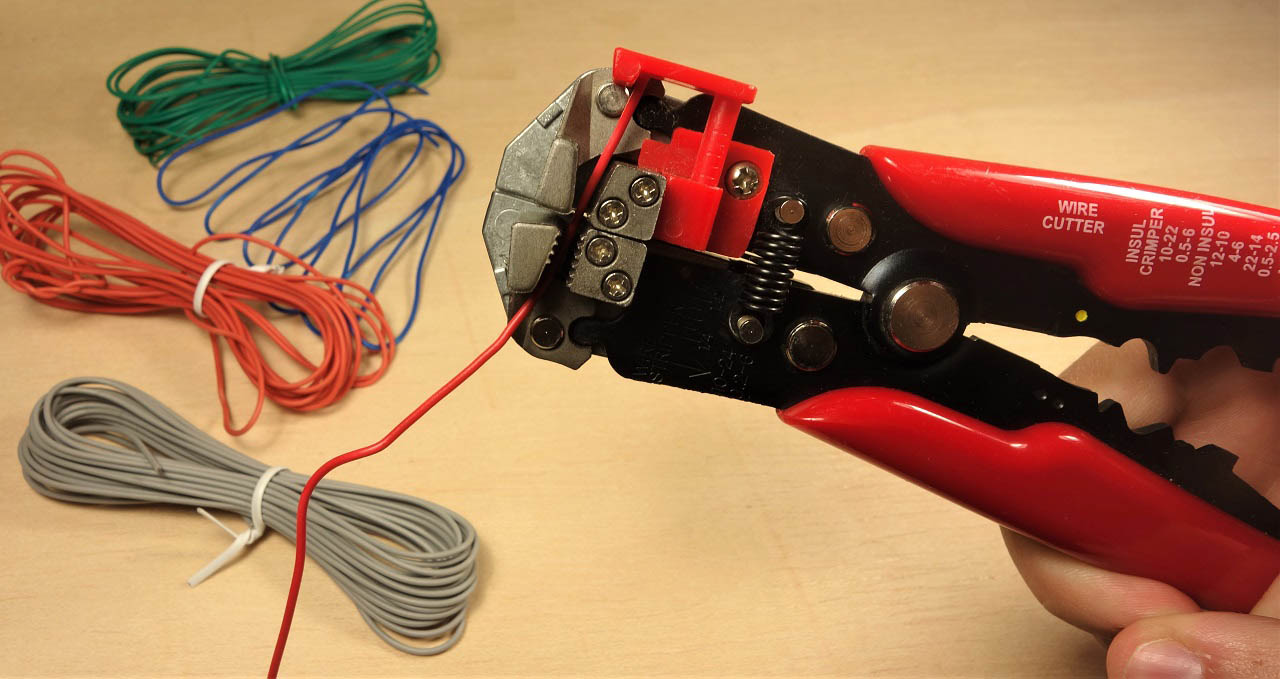edu.ayovaksindinkeskdi.id
edu.ayovaksindinkeskdi.id is an innovative online educational platform designed to cater to the diverse learning needs of students in Indonesia. This platform aims to bridge the gap between traditional classroom education…

Whether it’s replacing a light switch or part of a much bigger electrical project, the act of stripping or exposing the insulating sheath from a wire is as critical as it is simple. Of course, it can be done with nothing more than a knife, but a specialty wire stripping tool makes getting the plastic insulation off as easy as it can be – whilst protecting the critical wires that lay within.
However, there’s yet another option for making life even easier for those who strip wires for a living: manual, or automatic?
First, let’s understand the difference. A manual wire stripper is essentially a specialty set of scissors or cutting pliers, with opposing blades squeezing down on wire-shaped notches. To use them, requires nothing more than matching the wire with the appropriate notch, squeezing down, and stripping off the wire.
Contents
Using a manual stripper:
1. Match the wire gauge with the appropriate notch
2. Place the tip of the wire into the jaws
3. Close the wire stripping tool, resulting in the insulation being cut
4. Keep the cutters closed while pulling off the cut insulation.
The automatic wire stripping tool, on the other hand, aims to combine the separate cutting and stripping processes outlined above into a single action for the user – which makes life a lot more pleasant for those who strip a lot of wires every day. It’s also the perfect tool for a wipe stripping beginner as it takes any knowledge of the specific gauge size unnecessary, as just about every wire can be worked on with no change to the method.
At first glance, automatic wire cutters look similar to their manual counterparts – with a critical difference. Whilst a run-of-the-mill wire cutter is basically a sophisticated scissor, the automatic variety is configured so that when the user squeezes on the handle, the element at the opposite end of the fulcrum actually pulls apart rather than comes together. This results in the insulating sheath being gripped and torn apart at the desired location in no less than a crisp, clean and safe ‘cut’ or ‘split’.
Using an automatic stripper:
1. Place the wire at the desired cut location at the top of the tool
2. Adjust the tension if necessary for particularly large or small wire gauges
2. Squeeze the handle
3. Your wire has been stripped or ‘cut’ due to a controlled pulling action.
The true beauty of the automatic wire stripping tool is that it is essentially no more complex a basic analog hand-held tool than the manual version – requiring nothing more than a minor dab of the user’s elbow grease. Indeed, the word ‘automatic’ is really only used because there’s no need to match the tool with the particular wire gauge, and only a single user action is required rather than multiple. The clever tool design grabs the wire without deforming it, strips the wire with a controlled pulling action, and in most cases even includes a separate cutting blade in the event that a wire needs to be cut before or after it’s stripped.
And if you’re unsure whether an automatic wire stripper really is going to be the silver bullet for all of your organization’s wire stripping needs, the best news of all is that the manual vs automatic price points are equally minor and comparable. That means that for any busy, productive, and forward-looking workshop, an automatic wire stripper really is something that should be thrown into the toolbox. To get some assistance matching the perfect product with your needs, our industry guides would be delighted to help. Check out RS today!